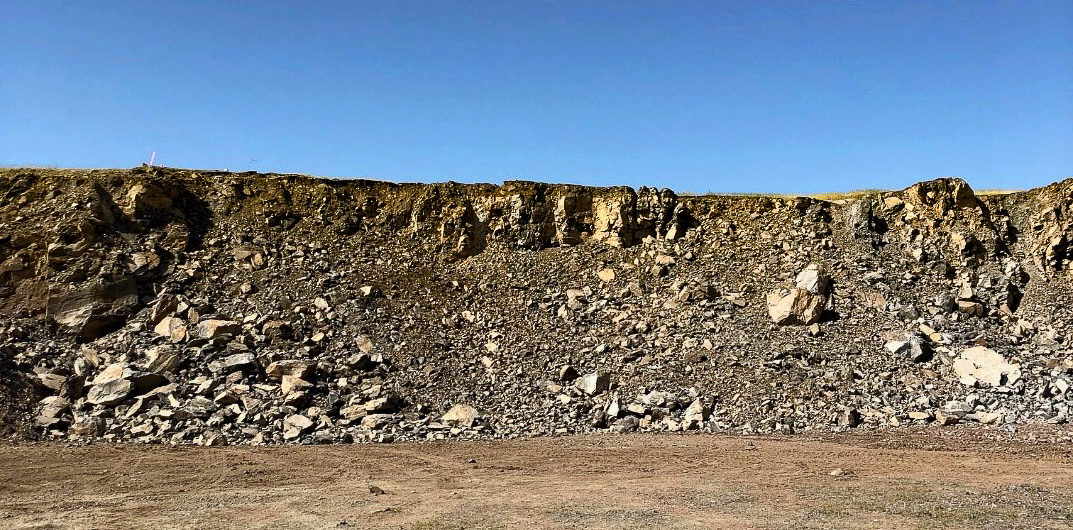Location: San Luis Reservoir, Merced Country, CA
Value: $3,004,334
Completion: 2020
Scope of Work:
- Blasting design and implementation
- Material processing plant design and implementation, testing and production
- Test blasts (two)
- Test blast monitoring (ground vibration and noise)
- Materials processing
- Comprehensive Reporting and Analysis
In 2019, STG Pacific was awarded a contract to assess the B.F. Sisk Basalt Hill Quarry for potential production of drain gravel, rock blanket, rockfill, bedding for rip rap, rip rap, and rock blanket materials. The materials would be used to construct dam modifications that would reduce seismic risk to communities located downstream from the dam. Located in the Central Valley of California within a state park, the quarry was once used for the original construction of B.F. Sisk Dam, which provides supplemental irrigation water storage for the Federal Central Valley Project and municipal and industrial water for the California State Water Project.
In early 2020, STG Pacific worked closely with its subcontractor to implement the scope of work. Two test blasts were completed. First, any debris that had sloughed off the face of the quarry cliff was cleared to promote stable and uniform conditions for a successful blast. A drill rig was used next. Working with explosives technicians, 6” diameter holes roughly 45 to 55-feet deep were drilled, and an explosives material made of diesel and fertilizer was pumped into the holes. Then, standing over 1,500 feet away from the quarry face, the field followed blasting protocol, cleared the surrounding area and used air-blasts to initiate the countdown. The controlled blast was used to fracture in situ rock and obtain the type and size of rock material needed. During the explosions material was fractured and lifted upwards and partially away from the quarry face in response to the timing sequence of explosives. In each of the blasts approximately 20,000 lbs. of explosives were placed in 25 to 30 holes drilled across 200 yards of quarry benches to obtain ~20,000 yards of rock material.
As of the end of June, STG Pacific had completed the blasting work and has wrapped up the aggregate crushing. The work now begins on analyzing data from the blasting and crushing, and summarizing it into a final report. The analysis will be used by the Bureau of Reclamation to assess risk and select contractors for the subsequent dam rebuild.


